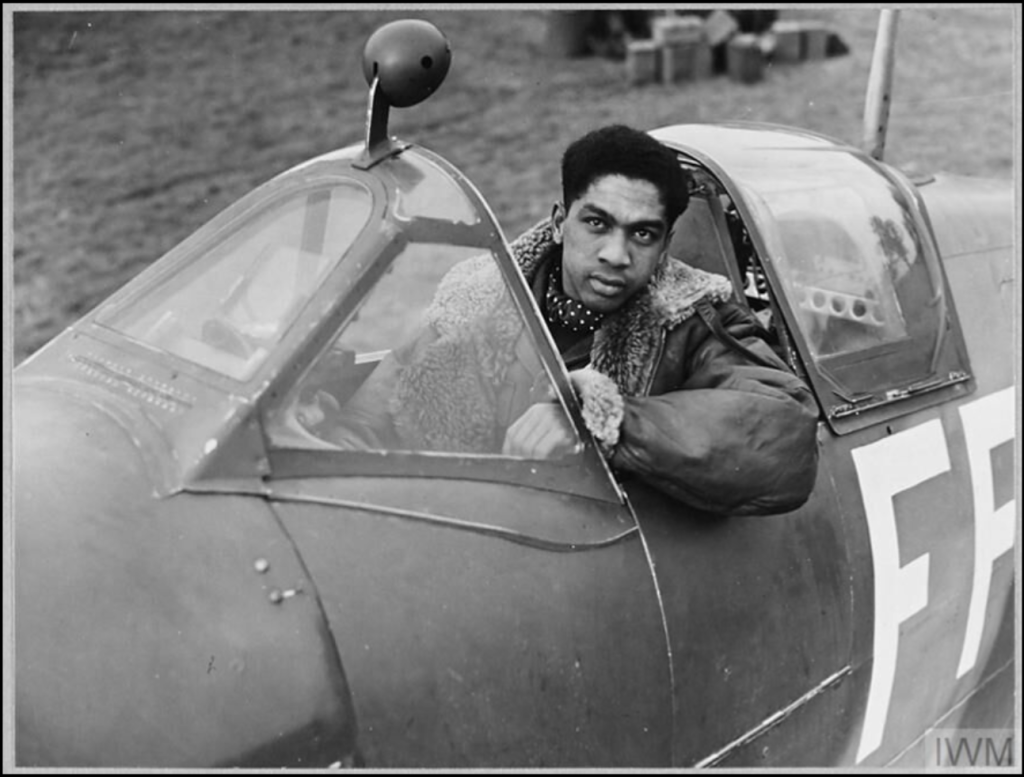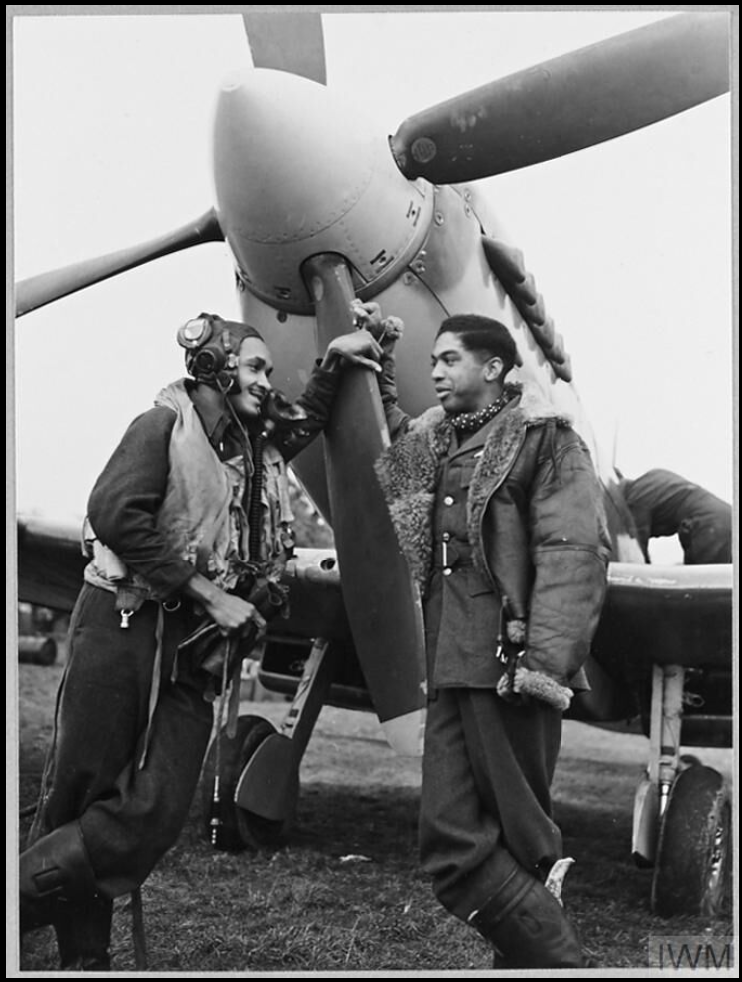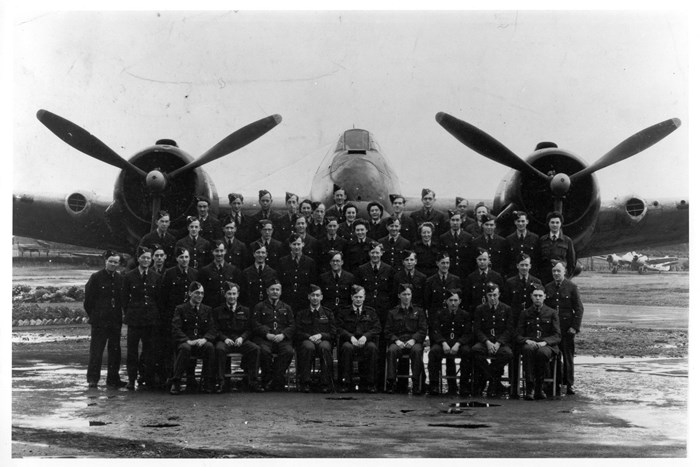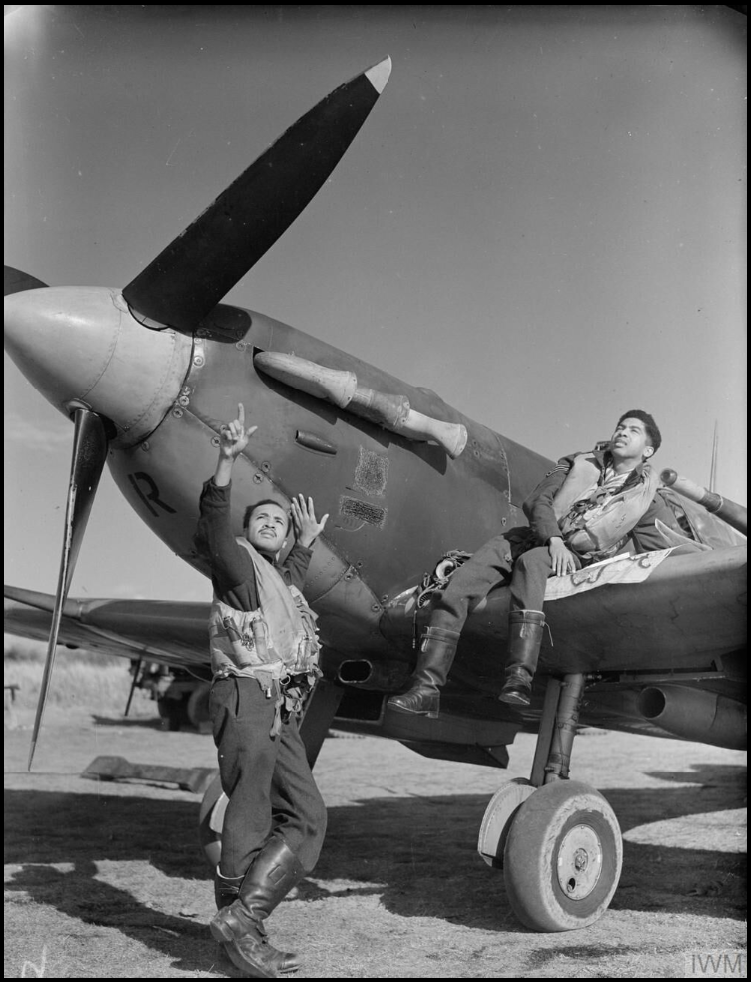A new project looks to recover and reconstruct the presence of personnel of colour within the RAF in Scotland during the two world wars. PhD researcher Isobel Westbury will explore the diversity of people connected to flying in Scotland during this period and talks us through the aims, and her hopes, for the project which she’s beginning this autumn.
The traditional, and frequently told, popular narratives of the First and Second World Wars tend to downplay the contribution of Imperial and Commonwealth troops. In recent decades, extensive research has been carried out focussing on other experiences and contributions, including from women and ethnic minorities. Yet, when it comes to aviation in Scotland, the presence of personnel of colour within the RAF has been largely overlooked. Consequently, these important contributions in both conflicts are not reflected in the histories provided to visitors at the National Museum of Flight, nor at any other aviation museum in Scotland.

My project will be the first sustained attempt to recover and reconstruct the presence of personnel of colour in Scotland and demonstrate the diversity within the RAF between 1914-1945. By immersing myself in the records held at National Museums Scotland and exploring archives across the UK and overseas, I hope to retrieve some of the incredible stories of how and why personnel of colour came to Scotland, what their experiences were, and explore their legacies. I am also interested in exploring further into why contributions from personnel of colour were “forgotten”.

I am just beginning my research and I am very optimistic about the next few years. However, I am aware of some of the difficulties this research will pose. For example, it is difficult to know the exact figures of people from across the British Empire that served in the RAF or to trace their movement across different airfields.
It’s encouraging that at East Fortune airfield in Scotland, now the National Museum of Flight, we know from personal recorded testimonies and from the airfield’s own Operations Record Book that people came to be trained from all around the world, including Trinidad and Jamaica. Their connections to Scotland range from initial arrival, to being based in Scotland as part of a squadron, attachment to air bases or travelling to Scotland for training.
It will be interesting to investigate this further and, ultimately, I really hope I will be able to make connections with some of the descendants of personnel of colour who are connected to Scotland. If I am able to do this, not only will these testimonies be important pieces of oral history, but it will enable real stories to be told and family histories to be shared.

This research will broaden our understanding of the experience of war in Scotland, Scotland’s connections with Atlantic slavery and the long-lasting effects of imperialism. It also provides the exciting opportunity to identify any surviving material culture which could enhance the collections held at National Museums Scotland. Subsequently, this research will be particularly relevant to contemporary conversations around decolonisation in the museum sector. I hope my research will lead to the re-examination of museum displays and the collections held at the National Museum of Flight.

When it comes to museum displays and considering how Black British history can and should be communicated to the public, I hope to collaborate with both academic and community groups. The idea of ‘co-curation’ in museums is crucial and will ensure the content produced in this project is well-informed and best suits the communities it will serve. It is this element of the project which excites me the most. I am keen to explore how museums must actively engage with their collections to ensure they remain relevant and dynamic in the twenty-first century.
This project is part of the AHRC Collaborative Doctoral Partnership scheme with the University of Edinburgh.
Explore more stories about Black history and culture, from colonial legacies to contemporary fashion, and hear Black perspectives on aspects of the Collections.
